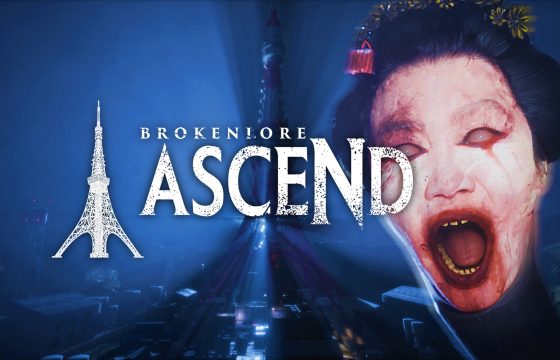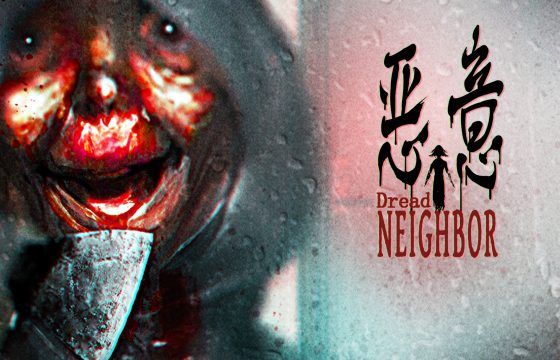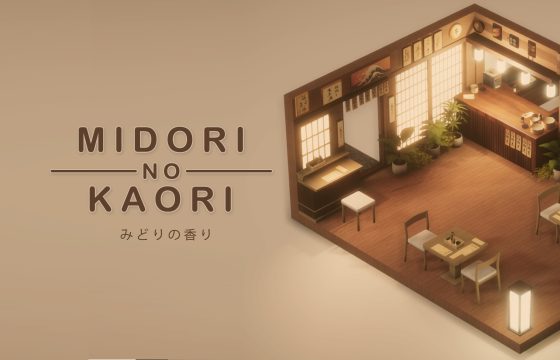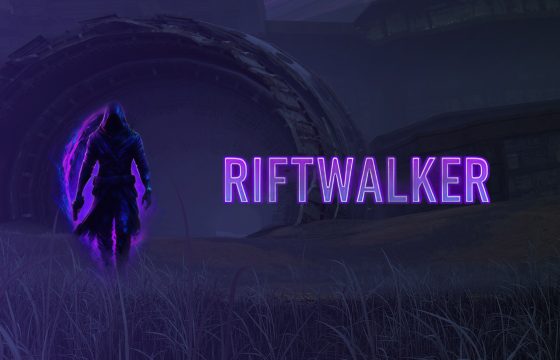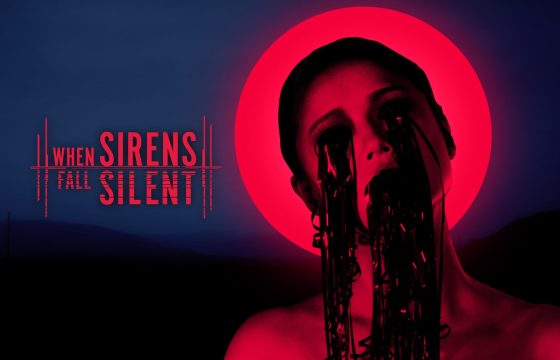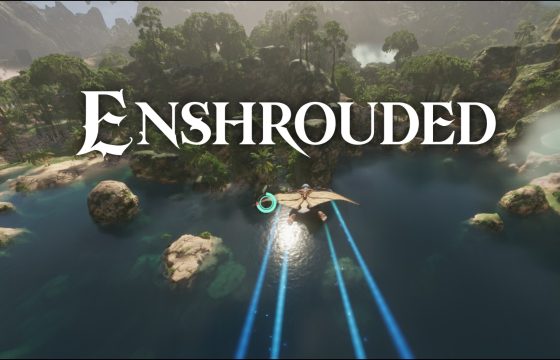An irresistible, non-violent, and poetic platformer where music transcends the auditory realm to become the exclusive language and medium of expression, forming the very foundation upon which the entire gaming experience is built.

What would life be without music? What would our existence amount to without a soundtrack, stripped of the notes, symphonies, and harmonies that that shape it? What color would life take if silence prevailed, if our daily actions lacked the accompaniment of melody—or, more simply, any sound at all?
These were the reflections that accompanied us as we delved into the demo of Symphonia, the upcoming poetic platformer developed by the small French collective Sunny Peak and published by Headup.
In this project, music transcends mere sound to become the primary language and essence of communication, grounding the very foundation of the experience. Through the boundless power embedded in music, we are transported to a realm beleaguered by desolation, where legendary composers have vanished, and the once-energetic magic of music—a vital source of life and vitality for Symphonia—is gradually fading, disappearing like the ephemeral beauty of this ancient and enchanting world.
Accompanied by the skilled and valiant violinist Philemon, we ventured into the deep recesses of Symphonia to discover why music, once the driving force that warmed, strengthened, and nurtured all life in this resplendent realm, has lost its former brilliance.
Join us as we delve into the plight of Symphonia and share our reflections after nearly an hour with Sunny Peak’s exquisite artistic gem.
The Story of Sunny Peak: Once upon a time, 13 ambitious and gifted alumni from ISART Digital embarked on a creative odyssey
From students to creators. From studying to master the depths of the medium, to becoming integral players within it. This is the essence of the journey embarked upon by the young team behind Symphonia.
Their story traces back to 2020, a year before the studio’s official founding, set against the picturesque backdrop of Paris within the venerable halls of ISART Digital—an international institution with campuses in Paris, Nice, and Montreal, renowned for pioneering higher education in the technical and creative realms of video games for over 21 years. During this period—or perhaps even earlier, as they delved deep into their studies—13 talented and ambitious students converged and collaborated on a project, eventually presenting the embryonic version of Symphonia in 2020. Originally conceived as their graduation project, the game made its debut in the summer of 2020, freely released on itch.io.
From the very beginning, one thing was undeniable—something the young creators recognized from the moment they embarked on the project: Symphonia had the potential to be much more than just a student project. The game possessed all the hallmarks of a fully-fledged title, one in which the team could wholeheartedly invest their resources, pour their sweat and dedication, and channel their boundless passion for the gaming world.
Thus, in 2021, encouraged by the game’s strengths and galvanized by the outstanding reception it had received, the team made a pivotal decision: to found their own independent game studio, Sunny Peak. They resolved to continue working on the project with even greater focus and determination, refining the aspects that had yet to fully satisfy them, and bringing their vision to life with the enriched perspective and skills they had honed during their time at ISART.
This choice was shaped by fate, perhaps even serendipity, but more than anything, it was a testament to the team’s talent, creativity, and unwavering perseverance. It was a choice made at exactly the right moment, one that could have led them down countless other paths had they hesitated. Yet it is precisely this kind of story we cherish—not merely because it’s captivating to trace the journey of these creators, from their beginnings to where they stand today, but because it serves as a powerful reminder: beyond talent and aptitude, it’s belief in that talent that truly makes the difference. Sunny Peak and their debut creation, Symphonia, are living proof of this.
So, believe in your dreams. Take the leap and fight for them, no matter the effort, the challenges, or the sacrifices required. In the end, someone—or something, often fate itself—will be there, ready to reward your determination. While this interpretation may be profoundly subjective, it encapsulates the essence of what we perceived and understood from the team’s words.
Now that you have a deeper understanding of the creators behind the game, we invite you to join us as we delve into an in-depth analysis of the demo.
Decline and Rebirth
The Orchestra has vanished, its musicians scattered, and the music dissolved, leaving an irreplaceable void—a kingdom silenced, voiceless, plunged into a soundless oblivion from which there may be no return. Once a boundless source of life and energy, the melodies that once breathed vitality into the farthest reaches of Symphonia now seem stolen, casting the realm into an interminable, deafening silence.
Can the ancient, lost melodies truly be restored? Can a kingdom bereft of its most precious resource be revived? These are the questions that our protagonist, the virtuoso violinist Philemon, must answer as his journey unfolds.

Although brief and not particularly revealing—lasting no more than 30 minutes—the demo we experienced allowed us to scratch the surface and uncover some intriguing glimpses into the narrative heart of Symphonia.
After a short introductory cutscene, which gives us a fleeting introduction to Philemon and the event, as well as the mysterious entity responsible for his “creation,” we are handed a missive by the very automaton that brought us into existence. This message reveals a tragic and unsettling reality: the world of Symphonia and its prodigies have vanished without a trace, and our mission is to recover them. It is at this moment, guided by the automaton who, throughout the demo, serves as our guide, that the adventure truly begins, unfolding within the breathtaking halls of the Founders’ Amphitheater and launching us into the heart of the demo.


Do you know what left the deepest impression on us during this brief demo, right from the moment we were whisked away into this decaying realm? No, it wasn’t the story, nor the music—which we strongly believe deserves its own dedicated chapter—but rather the art: the striking artistic vision that Sunny Peak has so masterfully brought to life.
The art design proudly embraces its homage to music, a theme that the developers have not sought to conceal but rather celebrate, as it is the very essence of their creation. This is evident in the very elements that compose the game’s environments—some evoking the intricate craftsmanship of a clarinet, others reminiscent of the delicate strings of a piano, while still others faithfully replicate the grandeur of concert halls where orchestras once graced the stage.
Yet, this art transcends mere visual communication, delving into an emotional dimension that captivates through its delicate interplay of light and shadow, color and shade, and the lifelike animation of inanimate objects. A striking example is the first area players explore: the Amphitheater:—a breathtaking, shadow-laden space, draped in silence and dominated by the unsettling sight of lifeless automatons, drained of their vital energy and slumped motionless in their seats. They are nearly swallowed by the darkness, their despair and resentment veiled, as they silently mourn the end of their existence. But as the protagonist steps through, her presence ignites a sequence of lanterns, flickering on and off in rhythm, as though quietly suggesting that even in the midst of desolation, a faint glimmer of hope remains.
This is the power of art in Symphonia—to immerse us in the profound internal conflict that reigns within this world, a battle between life and death, silence and noise, shadow and light. The stark emptiness and desolation of the early stages give way to a second chapter brimming with vitality—a vibrant, polychromatic world where nature reclaims everything in its path, flourishing in vivid contrast to the bleak tones of the earlier stages.
Whatever effect the developers sought to evoke, the final result is a world that is not only breathtakingly beautiful through its exquisite hand-drawn artistry but also brimming with meaning. It transcends mere visual language, elevating itself to a profound emotional and inner dimension that extends far beyond aesthetics alone.

Music and Sound: The Twin Pillars of Symphonia
Do you recall when we remarked that the music in Symphonia transcends mere sound? It assumes a profoundly deeper significance and purpose. This assertion rings true, and we cannot stress it enough: in Symphonia, music and sound encompass multiple dimensions, serving as the exclusive conduit of communication and expression through which we forge connections with the world and its characters—who, in turn, seek to engage with us—while also intertwining with the previously mentioned artistic dimension and, last but certainly not least, the gameplay.
Indeed, this latter aspect is one of the central themes of this section: gameplay and how music alone possesses the power to influence its course. This is achieved through a distinctive design philosophy that harmoniously marries aesthetic appeal with functionality, positioning music and platforming—the genre to which the game belongs—as the primary driving forces of the experience. Their formula, while elegantly simple, proves to be not only effective but also refreshingly original in its mechanics.
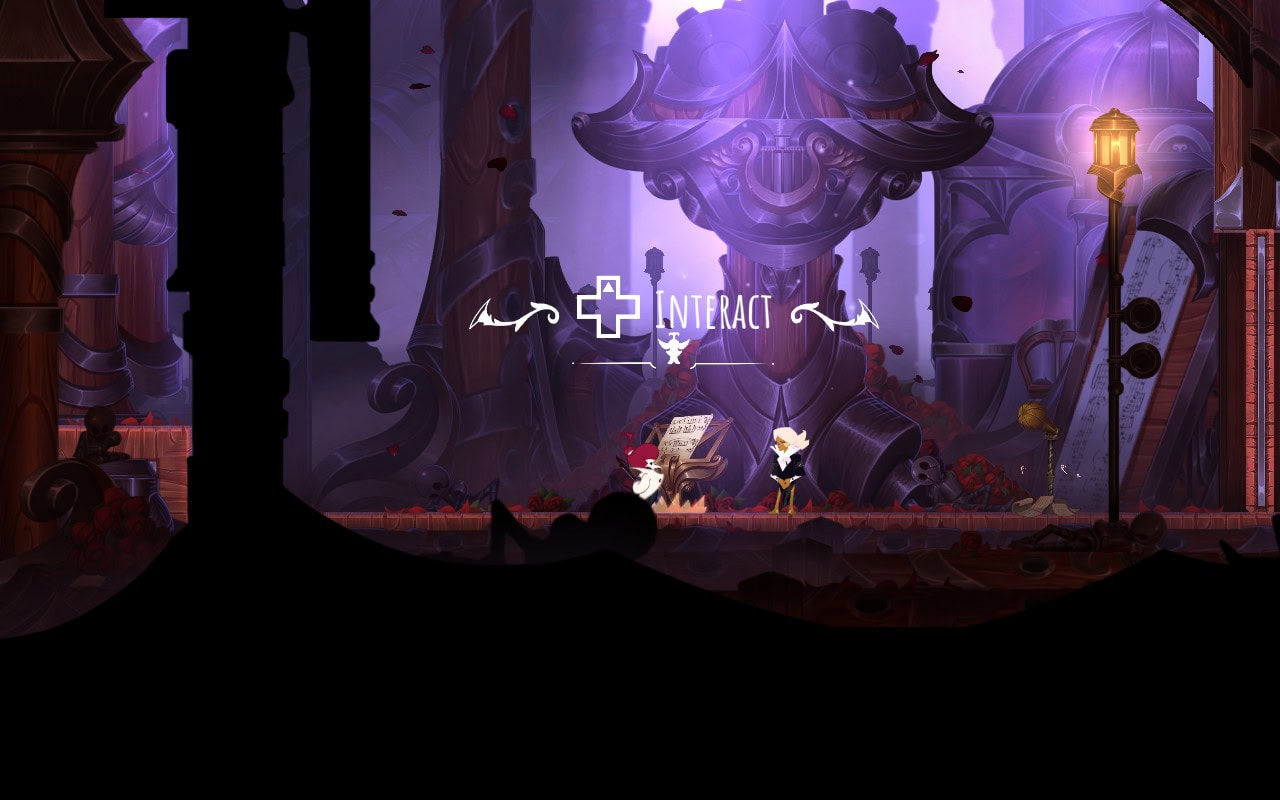

Music beckons players to listen closely, inviting them to absorb its subtle guidance and suggestions as they progress and explore the enchanting world around them. This overwhelming power will enable them to unlock otherwise inaccessible doors simply by playing the melody, wield arcane instruments reserved for the few chosen ones, and discover hidden corners accessible only to favored musicians.
At the heart of this adventure is your companion, Philemon’s violin. This instrument will be indispensable, not only for striking the right notes to unveil hidden pathways but also for granting you the ability to leap, bounce, and, when approaching specific cushions, stretch its strings to propel yourself in the desired direction—like a slingshot flinging you across the landscape.
Does all of this sound intimidating? Fear not! With each new area and challenge, the game offers clear instructions, meticulously illustrated through charming animations. Simply approach a music stand to learn how to master your violinist skills and effectively use the supportive items you encounter along the way.
Furthermore, if you find the macabre silence enveloping Symphonia too oppressive and wish to infuse a bit more vibrancy into certain phases of your adventure, simply play a melody on your violin. We highly recommend this, not only because Philemon boasts an impressive repertoire of delightful tunes but also because moving while he plays allows you to witness his graceful dance in perfect harmony with the music.

Synchronizing with the rhythm of the music is equally essential in the platforming sections, which, like their musical counterpart, have been meticulously crafted with exceptional attention to detail. Thanks to the outstanding level design and world-building by Sunny Peak, these sections provide a delightful and engaging experience that never slips into frustration. However, don’t be fooled into thinking platforming is simplistic or mundane; while the exploration is predominantly linear and the game is designed to accommodate players of all skill levels, certain phases demand unwavering focus, meticulous care, and often a near-manic precision. A single miscalculation in launching Philemon or a minor lapse in judgment could render him a vulnerable target for the thorny flora that populates Symphonia.
An additional intriguing feature, though somewhat self-contained in the demo, lies in the shimmering coins—each adorned with the symbol of a musical note. We are encouraged, though not compelled, to collect these tokens as we traverse the platforming stages. Gathering all the coins enables us to contribute to the score displayed at the top of the screen, with four coins required for completion. However, the ultimate reward for this pursuit remains tantalizingly shrouded in mystery for now.

Last but certainly not least, we believe the OST deserves special mention—a stunning score, of which we could only hear a brief preview in the demo. Inspired by the Romantic musical period, it was masterfully composed by Olivier Esman and recorded specifically for Symphonia by The Scoring Orchestra Paris. This little gem serves as a reminder that, while the music in Symphonia fulfills numerous roles, it is sure to captivate us in its more traditional form as well.
Few Doubts, Many Certainties
Identifying any weaknesses in our relatively brief experience with Symphonia proves to be quite a challenge, even for us.
Despite the demo lasting no longer than 30 minutes, Sunny Peak has undeniably enchanted us, offering a wealth of reasons to return to its captivating musical realm and continue our adventure alongside Philemon. From the breathtaking artistic presentation to our deep engagement with the narrative, and the expansive role that music plays within the developers’ vision, every element resonates profoundly.
Indeed, pinpointing even the slightest imperfections is a challenge, particularly given the game’s remarkable achievements in both artistic expression and technical execution, with animations that are simply outstanding. Moreover, the seamless performance and fluidity of the experience have posed no issues whatsoever.
The only recommendations we feel compelled to share with the developers—especially as the game approaches its release—are to enhance the launch animations for Philemon’s catapult and to refine the precision of the violin string controls during jump sequences, as any inaccuracies could lead to unfortunate mishaps. Furthermore, incorporating artifacts within the environments could entice players to explore more thoroughly or revisit areas, motivated by the fear of overlooking hidden items. However, we must reiterate that our experience with the demo represents merely a fraction of what Symphonia has to offer, and what Sunny Peak may have in store for players. This is why we hesitate to provide a definitive assessment of how the developers have filled the game world.
That said, our impression of this first experience with Symphonia is undoubtedly positive, and we eagerly anticipate the opportunity to fully immerse ourselves in the complete adventure soon.
Symphonia is scheduled for release in Q4 2024 on PC and consoles. For further details and to stay updated on the game’s availability, we invite you to follow us and visit the game’s X account to ensure you don’t miss any updates.
That’s all for today. Until next time!



